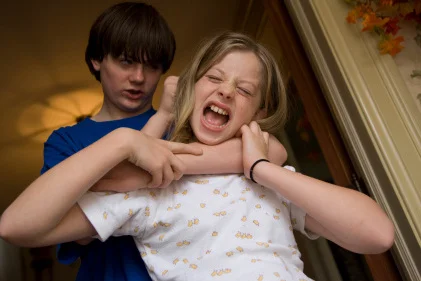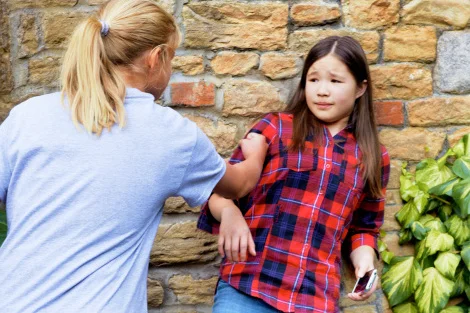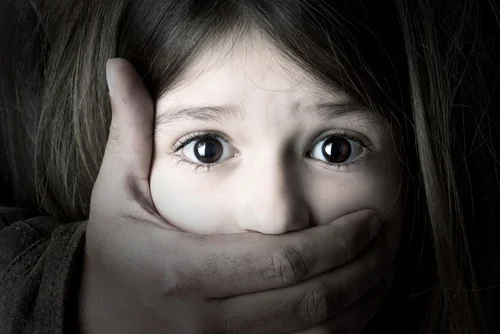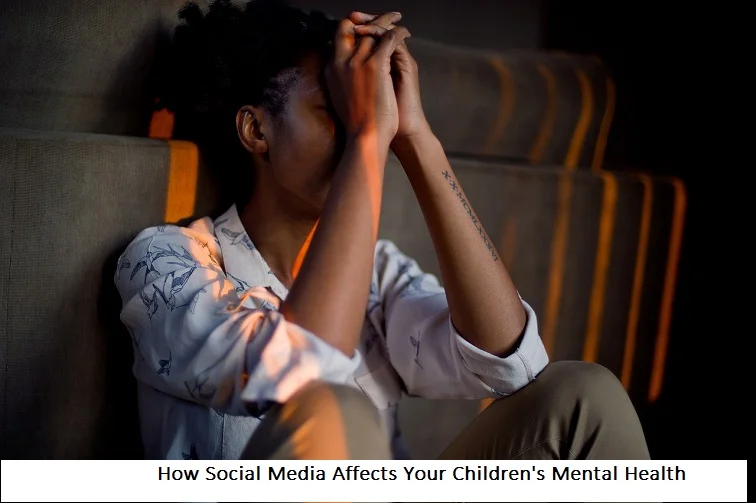+1 845 259 2974 (11 a.m to 7 p.m CST)
Guide your teen to deal with bullying, not hit back

Educators and legislators have been browbeating for quite some time now to give students an environment that bullying is not a part of. They are figuring out how to prevent bullying. Many schools are playing host to character building programs aimed to teach kids empathy, interpersonal skills and respect for those who do not fit into the mainstream crowd. Today American schools harbor about 2.7 million bully victims, which seems to be the right approach towards preventing the act.
While this seems to be an effective approach to combat bullying, a group of naysayers do not agree. Some people think that those kids who fail to fit in to society’s expectations of them bring trouble to themselves. Social-emotional training of this kind, they predict, is going to weaken kids. When a bullied kid does come for help, it is these people who urge them to fight back. But does the ‘hitting back’ really work?
Why fighting back is wrong?
Today bullying has moved out of the schoolyard and is thriving in new arenas. This ‘superior force’ advice could have been implemented in the schoolyard but bullying often takes place at numerous other places such as on the internet. There is no doubt that a bully will back off once a victim beats him up but what to do when the tormentor is hiding behind a computer screen. What if the victim is physically incapable of fighting his tormentor?
How to deal with bullying?
The very nature of bullying renders victims to be fearful, frozen and incapable of defending themselves, let alone beat up their tormentor. Bullying is always repetitive, one-sided and there is frequently an imbalance of power.
Kids who are already suffering from psychological disorders tend to get negative emotions triggered by bullying. Bullies intimidate their victims and the first thing they do is to instill fear among their victims. In such a situation the victims are unlikely to fight back or even tell an adult about what they are experiencing. Bully victims often count on the bystanders to either put a stop to the torture or join their tormentors.
Is hitting back possible?
When an adult tells a kid who has been bullied to fight back, the situation might take a turn for the worst. Their self-esteem is already in tatters and if a child is incapable of fighting back to a bully, he might feel he is to blame for the whole situation. Even if the victim manages to fight back through physical intimidation or verbal insults, what kind of picture is he painting? By advising kids to hit back, we are teaching our kids to out-bully each other instead of restoring and preserving their self-esteem and preventing bullying itself.
Parents need to find better ways to prevent bullying. Telling your child to punch the bully is not an effective solution and can further aggravate the situation. This does not mean that you discourage your child to stand up for themselves. But telling them to fight back is the wrong way to teach them to stand up for themselves.
























